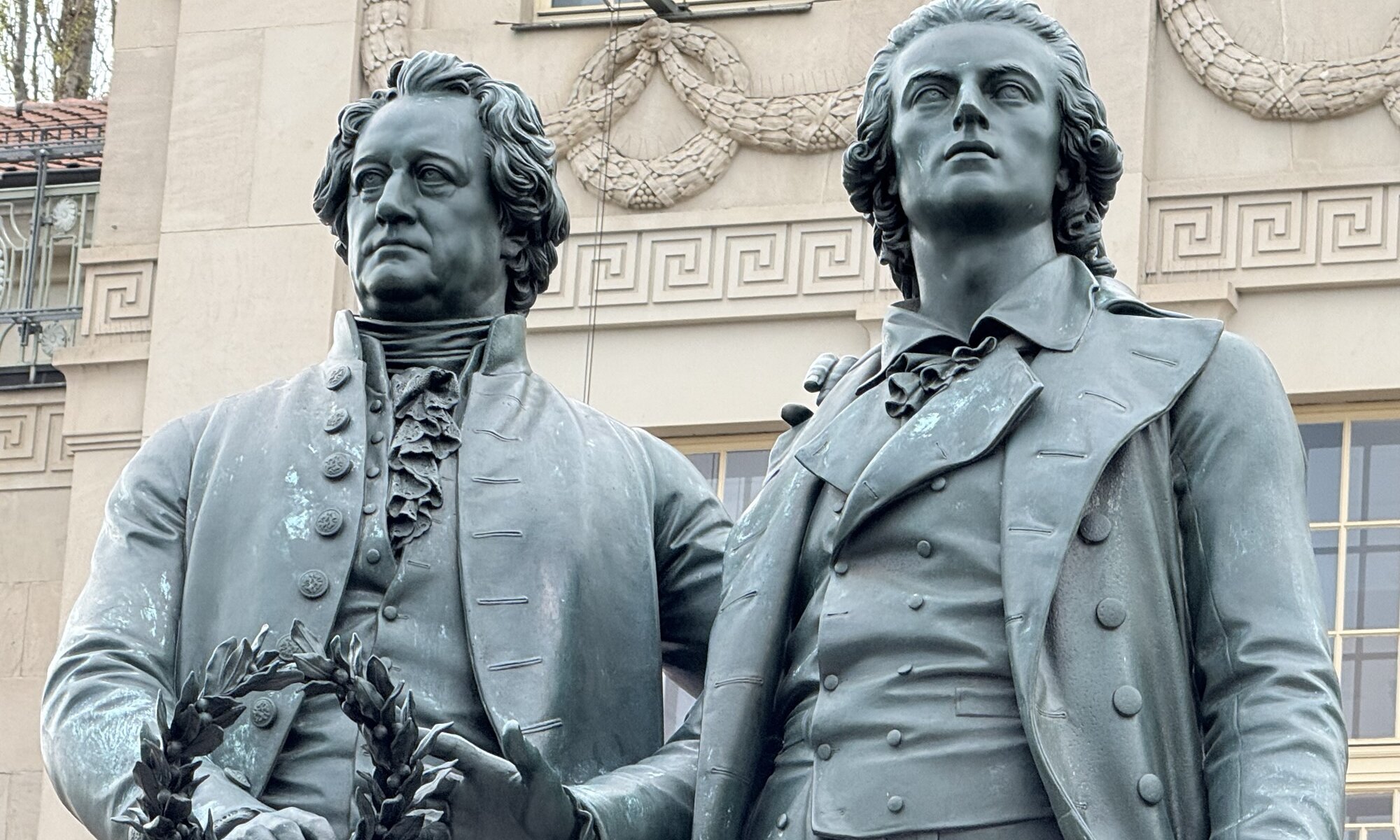Weimar is a city in the German state of Thüringen, situated along the river Ilm. With a population of around 65,000, Weimar is renowned for its rich cultural heritage and its pivotal role in German and European history. The city’s origins trace back to at least the 10th century, and it developed around a medieval castle and early churches. Over the centuries, Weimar grew from a small settlement into a significant urban center, especially after it became associated with the ruling houses of the region.
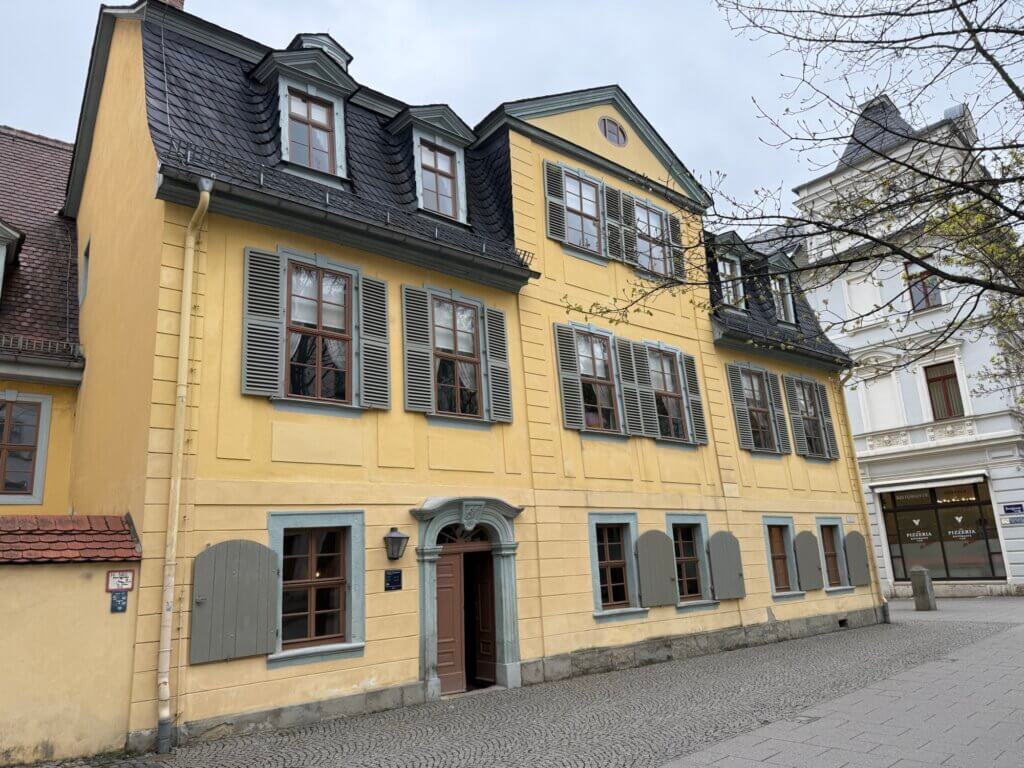

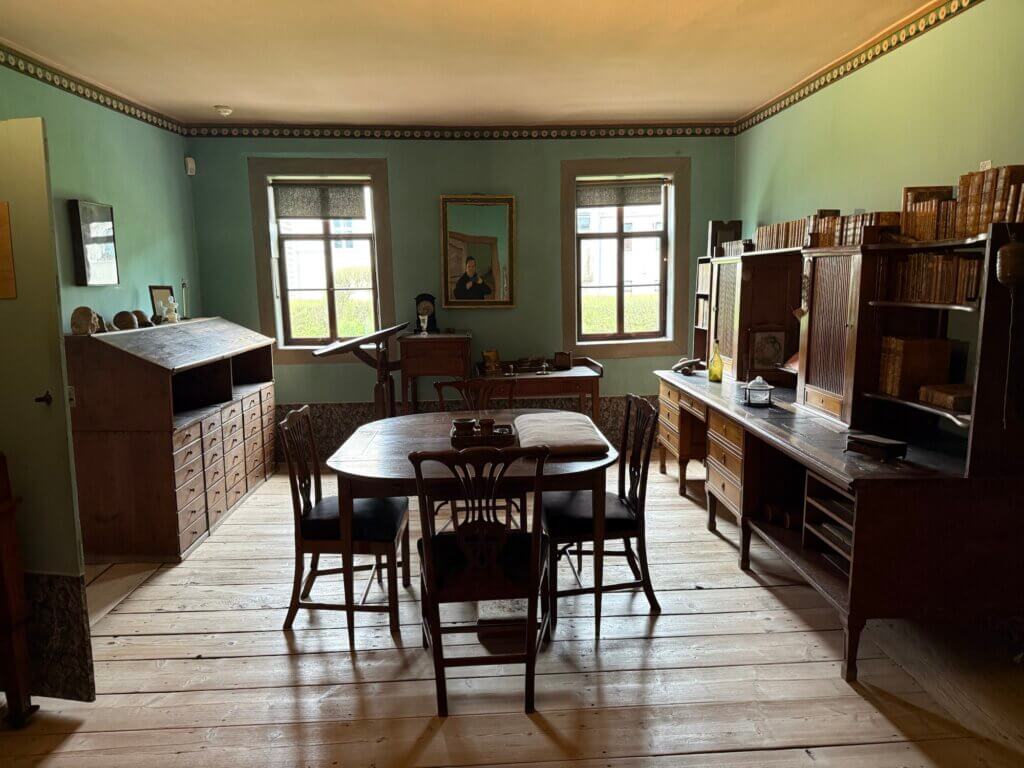
Weimar became a Residenzstadt—a residence city—after the Ernestine branch of the Wettin dynasty lost their previous capital, Wittenberg, in 1547. The rulers made Weimar their new seat of power, and the city remained the ducal residence until the end of the monarchy in 1918. This status attracted nobility, artists, and intellectuals, leading to a construction boom and the establishment of grand buildings such as the city castle and various palaces. The presence of the court brought both economic and cultural prosperity, shaping Weimar’s character as a center of influence and refinement.
Weimarer Klassik
In the late 18th and early 19th centuries, Weimar became the heart of the Weimarer Klassik, a cultural movement that shaped German literature and philosophy. The city was home to literary giants Johann Wolfgang von Goethe and Friedrich Schiller, as well as other influential figures like Herder and Wieland. Their works and ideas fostered an environment of intellectual exchange, making Weimar a beacon of enlightenment and creativity. Many of the city’s most famous monuments and museums, such as the Goethe-Nationalmuseum and the Schiller residence, are linked to this era.
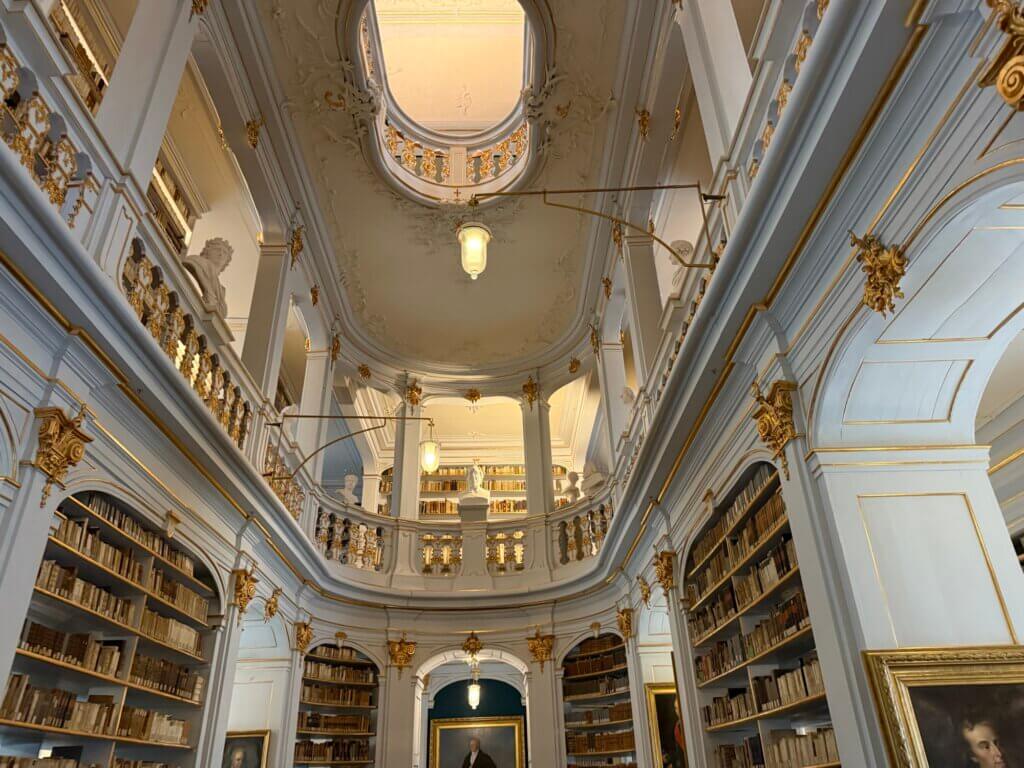

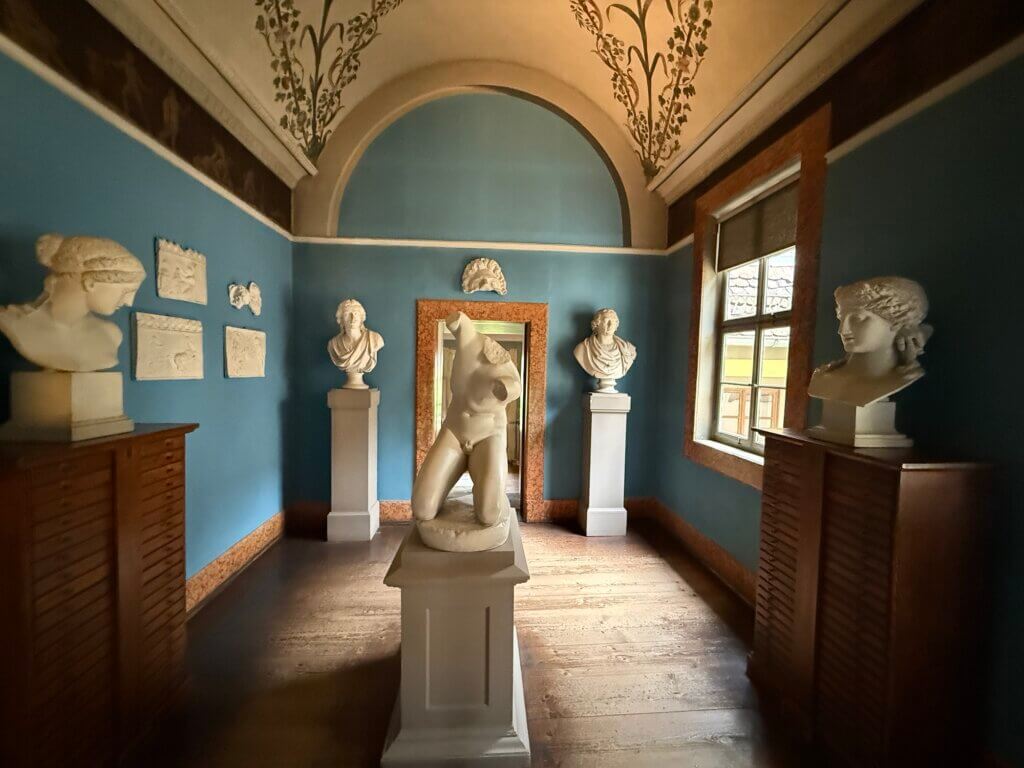
Bauhaus
Weimar also played a crucial role in the development of modern art and design through the Bauhaus movement. Founded by Walter Gropius in 1919, the Bauhaus school revolutionized art, architecture, and design by integrating craftsmanship with fine arts. The school attracted renowned artists like Paul Klee and Wassily Kandinsky and laid the foundation for modernist aesthetics. Although the Bauhaus moved to Dessau in 1925, its legacy remains central to Weimar’s identity, and several Bauhaus buildings in the city are now UNESCO World Heritage sites.
First German democracy
Politically, Weimar is famous for giving its name to the Weimar Republic, Germany’s first democracy. After World War I, the national assembly convened in Weimar in 1919 to draft a new constitution, marking the beginning of a turbulent but formative period in German history. The Weimar Republic lasted until 1933 and is remembered for its cultural vibrancy as well as its political and economic challenges.

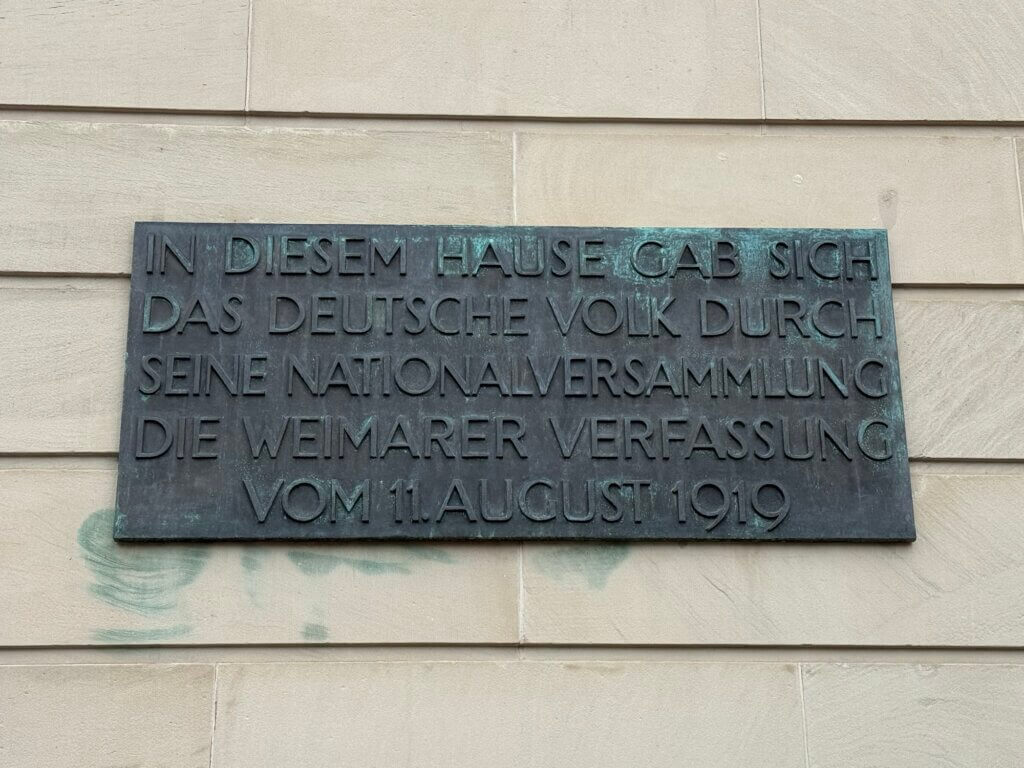
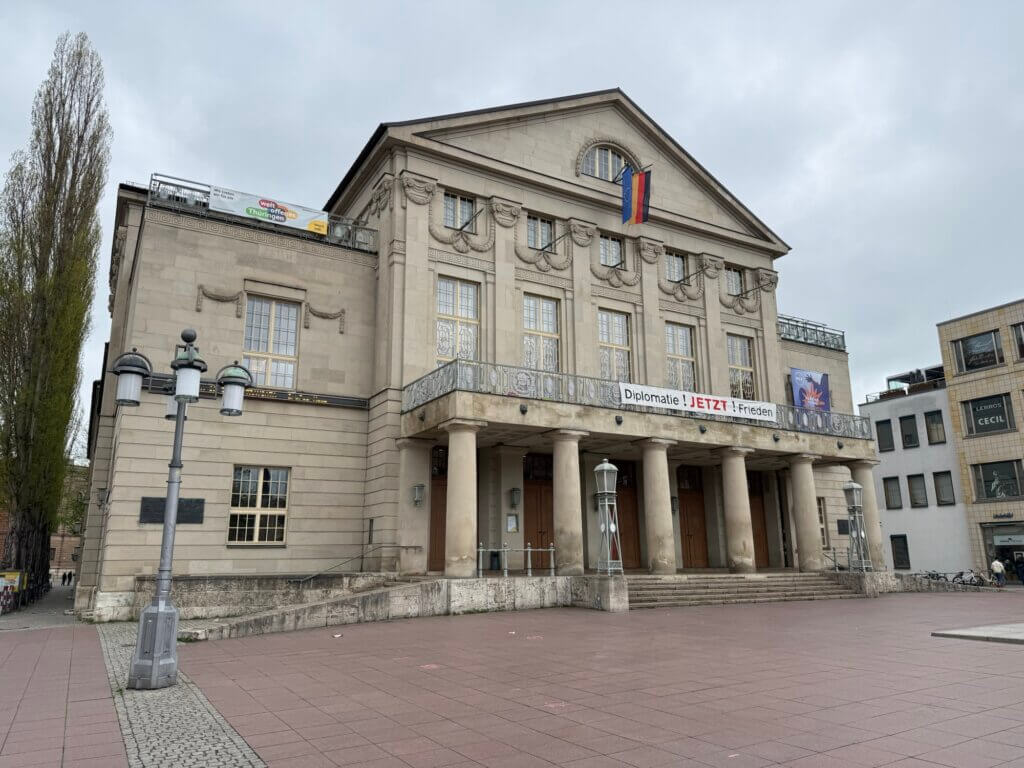
Buchenwald
A darker chapter in Weimar’s history is tied to the Buchenwald concentration camp, located just northwest of the city. Established by the Nazis in 1937, Buchenwald became one of the largest and most notorious camps in Germany. Tens of thousands of prisoners, including political opponents, Jews, and other persecuted groups, died there due to forced labor, medical experiments, and executions. Today, the Buchenwald memorial stands as a powerful reminder of the atrocities committed and the need for remembrance and education.
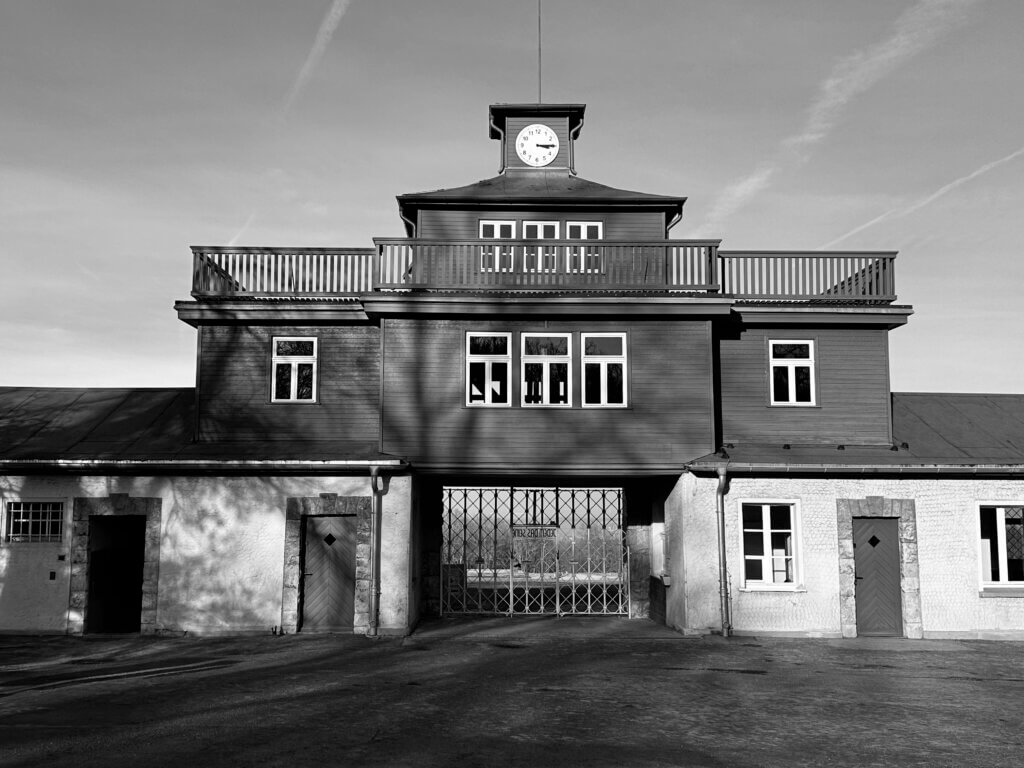

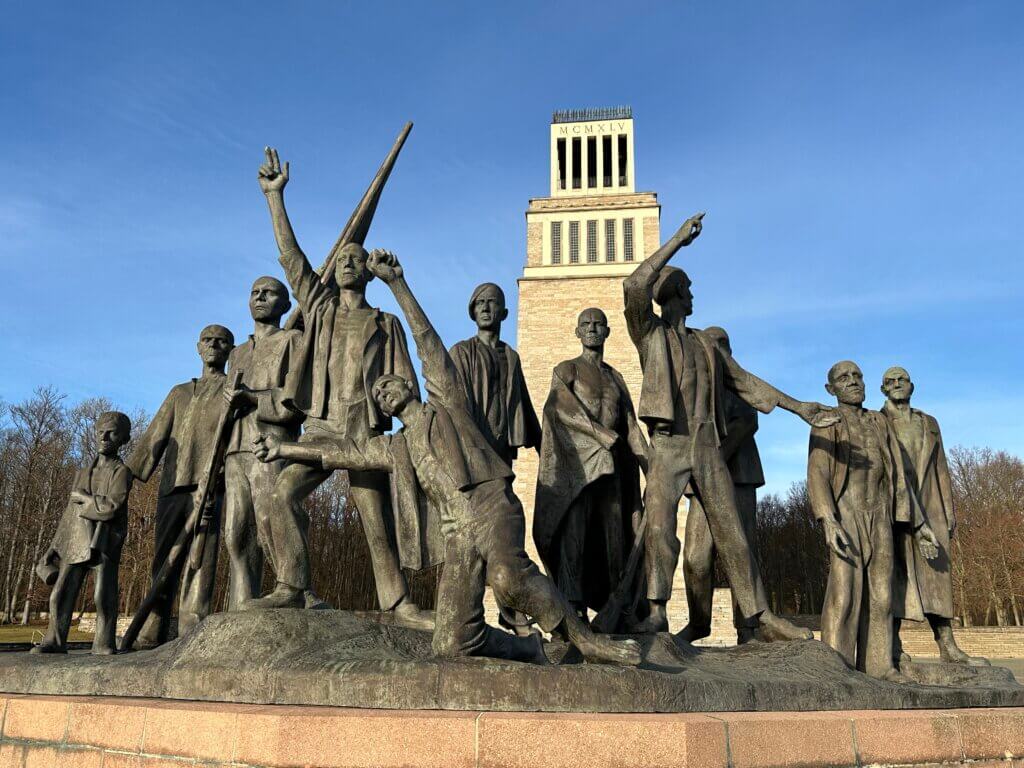
Way more than expected
Despite its modest size, Weimar’s history is remarkably multifaceted, encompassing periods of artistic brilliance, political transformation, and profound tragedy. The most important places to see in Weimar include: Goethe-Nationalmuseum, Schiller residence, Herzogin-Anna-Amalia-Bibliothek, Stadtschloss, Bauhaus-Museum, St. Peter and Paul, Park an der Ilm, Goethe’s Gartenhaus, Nietzsche-Archiv, Deutsches Nationaltheater, Buchenwald memorial. These sites reflect Weimar’s unique blend of cultural, architectural, and historical significance.
Weimar
Germany
Loading map...


